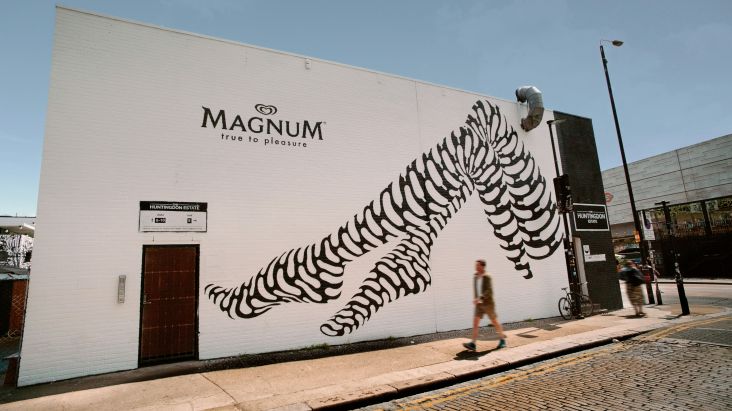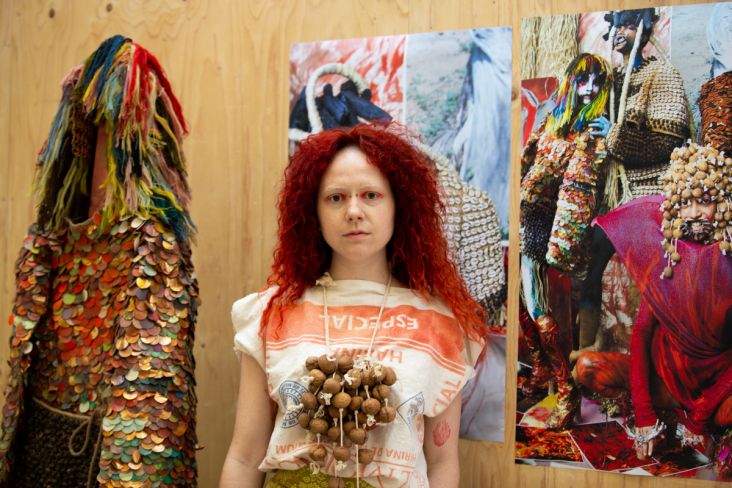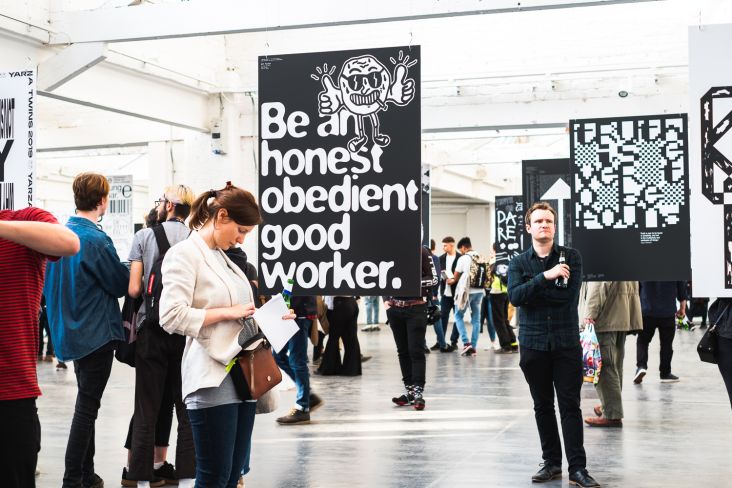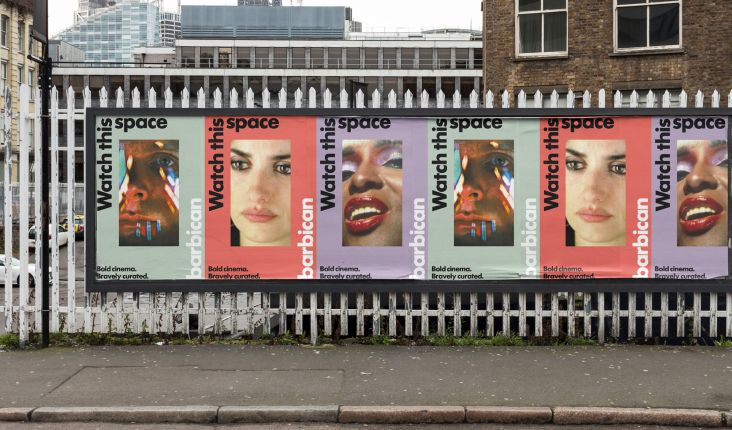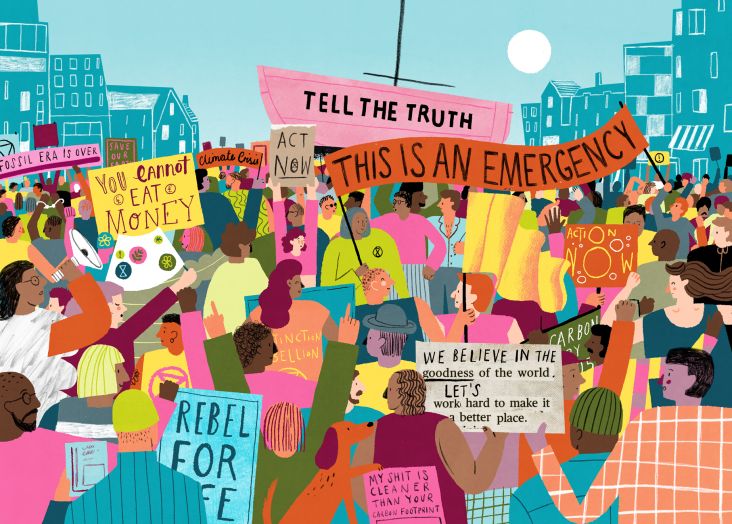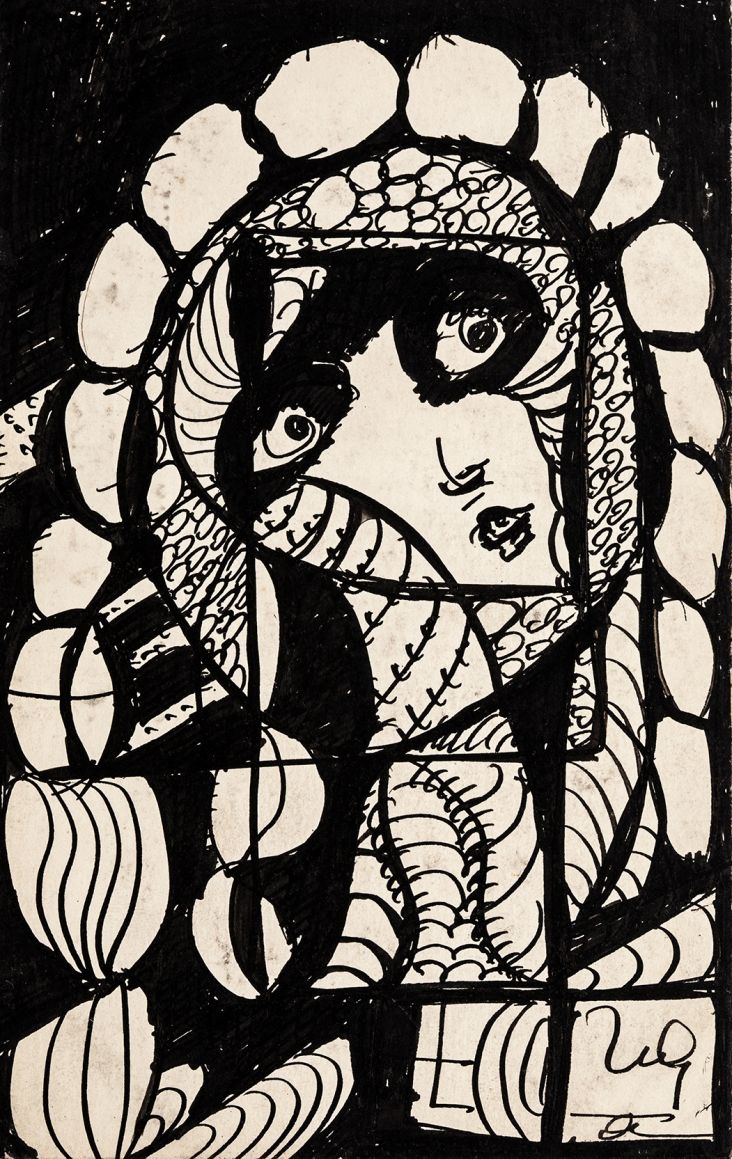Photographs by Ernest C. Withers that capture the Civil Rights movement and The Memphis Blues
In a career that stretched back to World War II, Ernest C. Withers captured millions of images that have become an archive, not just of Memphis musicians, but of public and private lives, civil rights marches and church congregations, of segregation and desegregation.
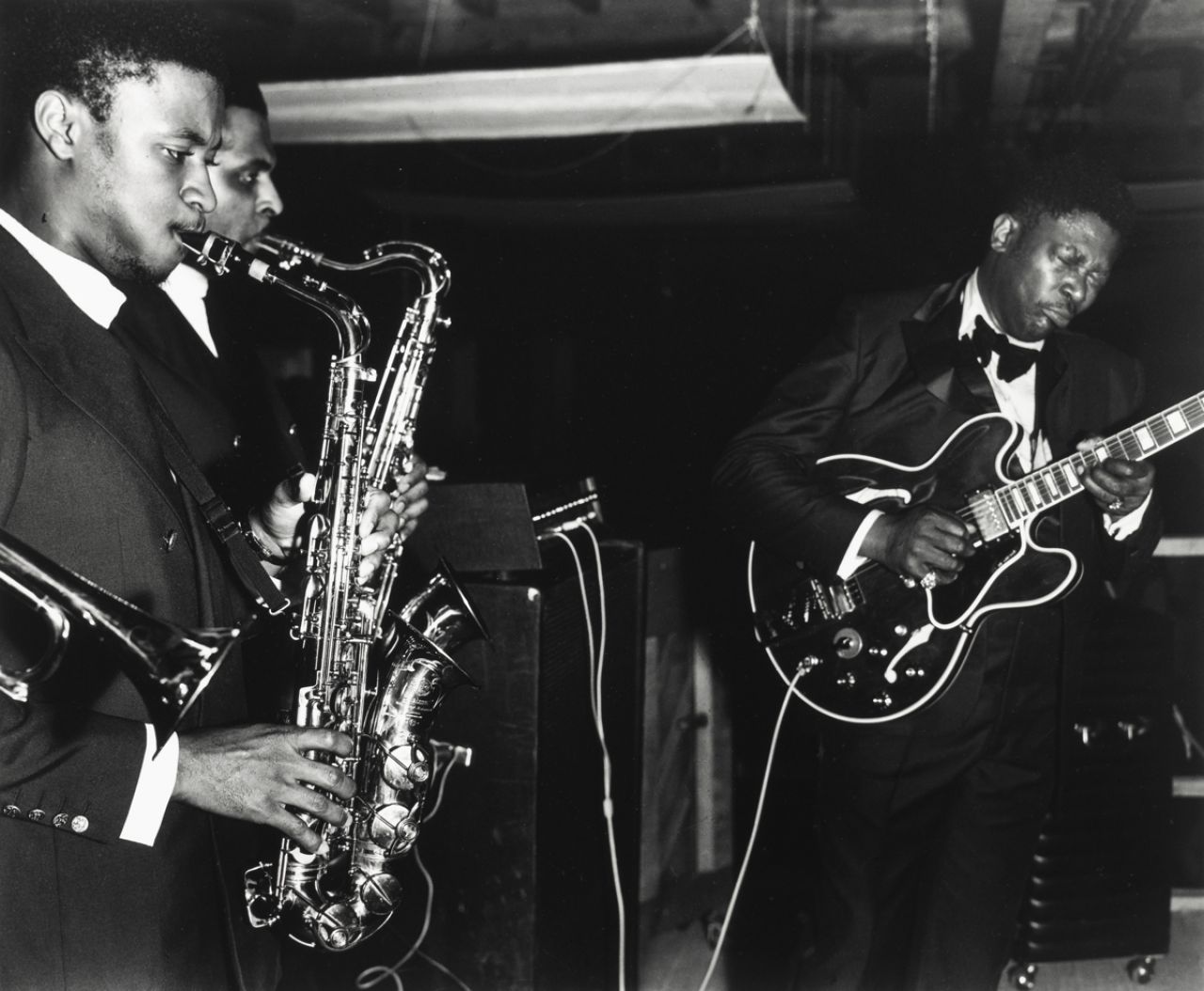
B.B. King performing at night club May, 1970 © Estate of Ernest C Withers. Courtesy of Michael Hoppen Gallery
Throughout the 1950s, Withers was, in his own words, "a news photographer", "recording events that were taking place". Momentous changes were occurring, and he recorded them for African American newspapers across the country. He travelled throughout the South during this decade and into the 1960s with Dr Martin Luther King Jr, James Meredith, Medgar Evers and other leaders of the Civil Rights movement.
He provided photographs that made the dramatic stories of the era – Dr King riding the first desegregated bus in Montgomery, murders of Civil Rights workers, voter registration drives, lynchings and the powerful Memphis Sanitation Workers Strike. The result is an all-encompassing, moving chronicle of the great American crusades of the second half of the 20th Century.
Withers worked out of a studio at 333 Beale Street, Memphis, for the majority of his career. "I’d rather be here than anyplace else I know," Withers said, echoing W. C. Handy’s Beale Street Blues.
Today, Beale Street is made up of a strip of clubs and bars that draw a tourist trade but in its heyday, it was the main street of black Memphis. Withers recalls it as "a street of frolic". From the Palace Theater to venues such as Pee Wee’s Saloon or Club Paradise, Beale Street rang with jazz, rhythm and blues and the Delta blues that came up the Mississippi on its way to conquering the world. It was the springboard for B. B. King, Howlin’ Wolf, Bobby Blue Bland, Johnny Ace, Ike and Tina Turner and other musicians whom Withers photographed in their prime.
Prints of these Memphis blues musicians sit amongst iconic images of the Civil Rights movements in America during the mid-20th century; and are on show at London's Michael Hoppen Gallery from today until 30 August 2019.
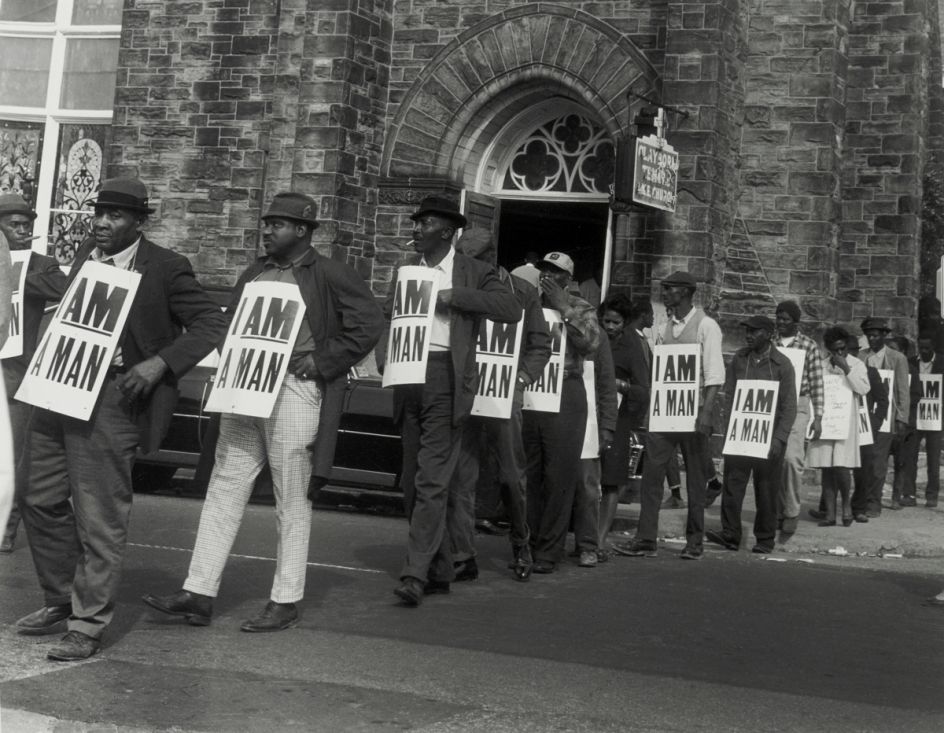
Corner of Hernando and Beale St., at the time of Dr. Martin Luther King's last march. Memphis, 1968 © Estate of Ernest C Withers. Courtesy of Michael Hoppen Gallery
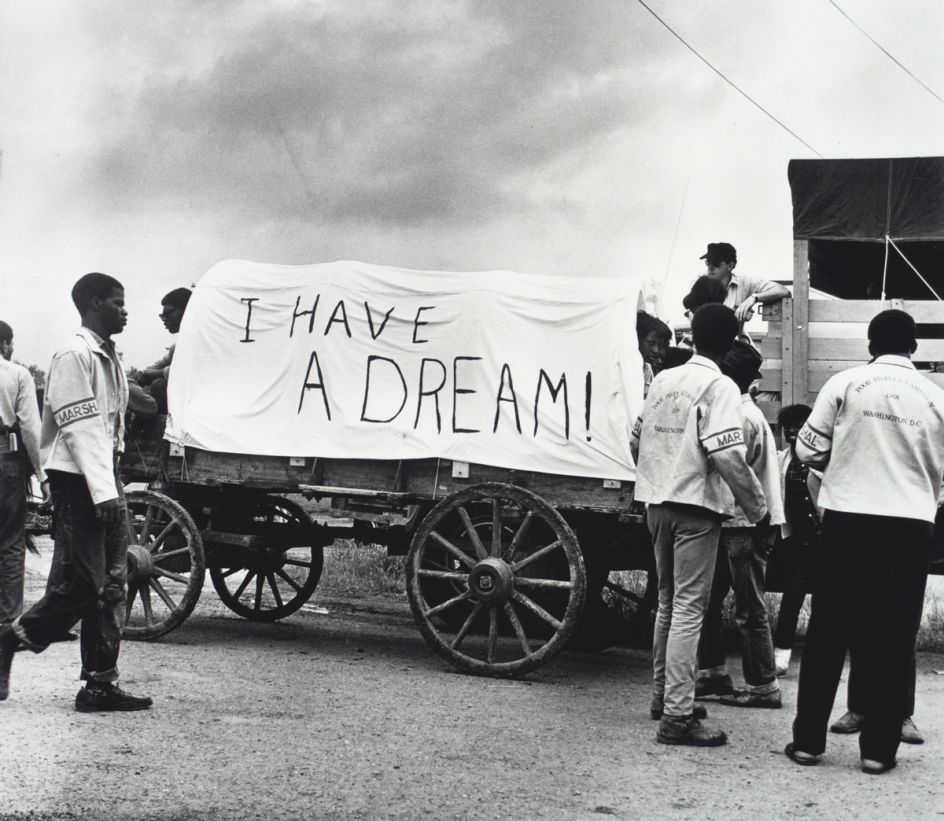
Mule Train leaves for Washington, Poor People's March, Marks, MS, May 1968 © Estate of Ernest C Withers. Courtesy of Michael Hoppen Gallery
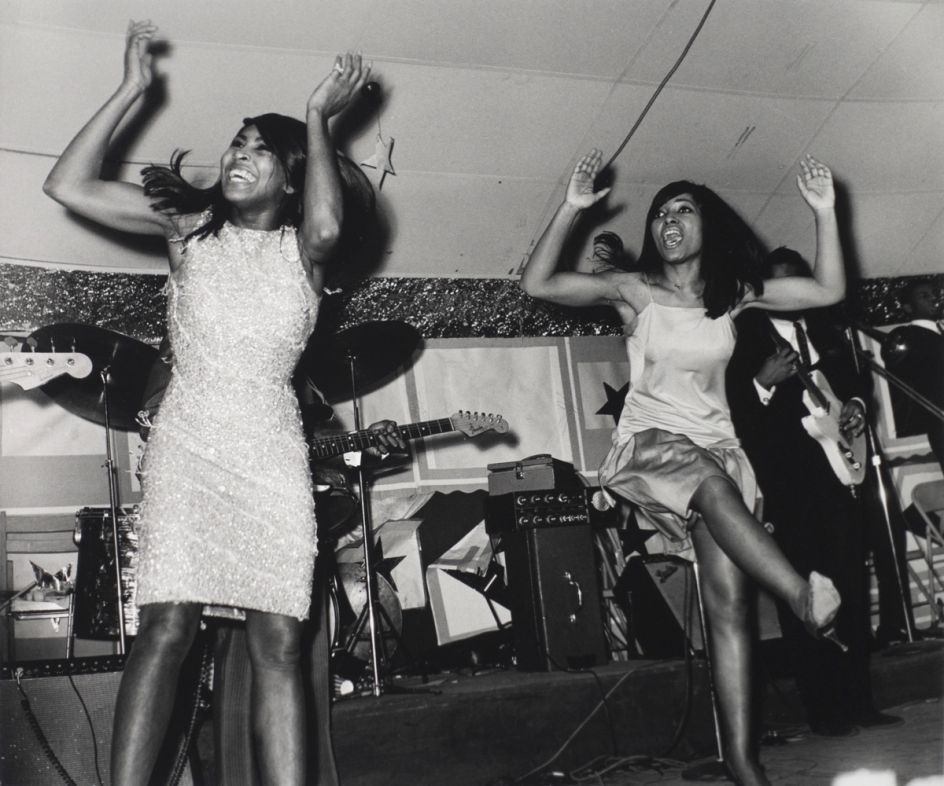
Tina Turner, Ike and Tina Revue, Club Paradise, 1962 © Estate of Ernest C Withers. Courtesy of Michael Hoppen Gallery
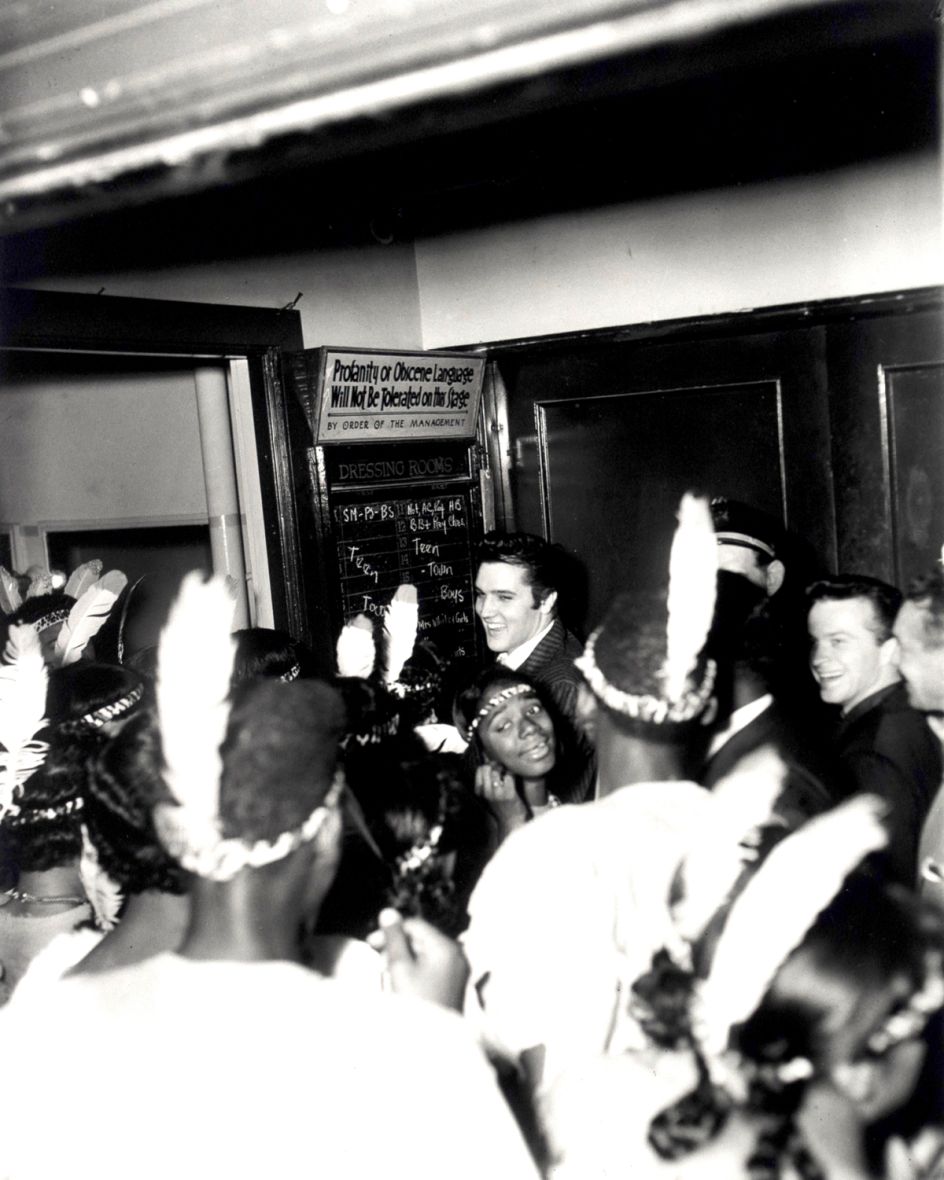
Elvis backstage, WDIA Goodwill Revue, Ellis Auditorium, December 7, 1956 (CarlaThomas in front) © Estate of Ernest C Withers. Courtesy of Michael Hoppen Gallery

















